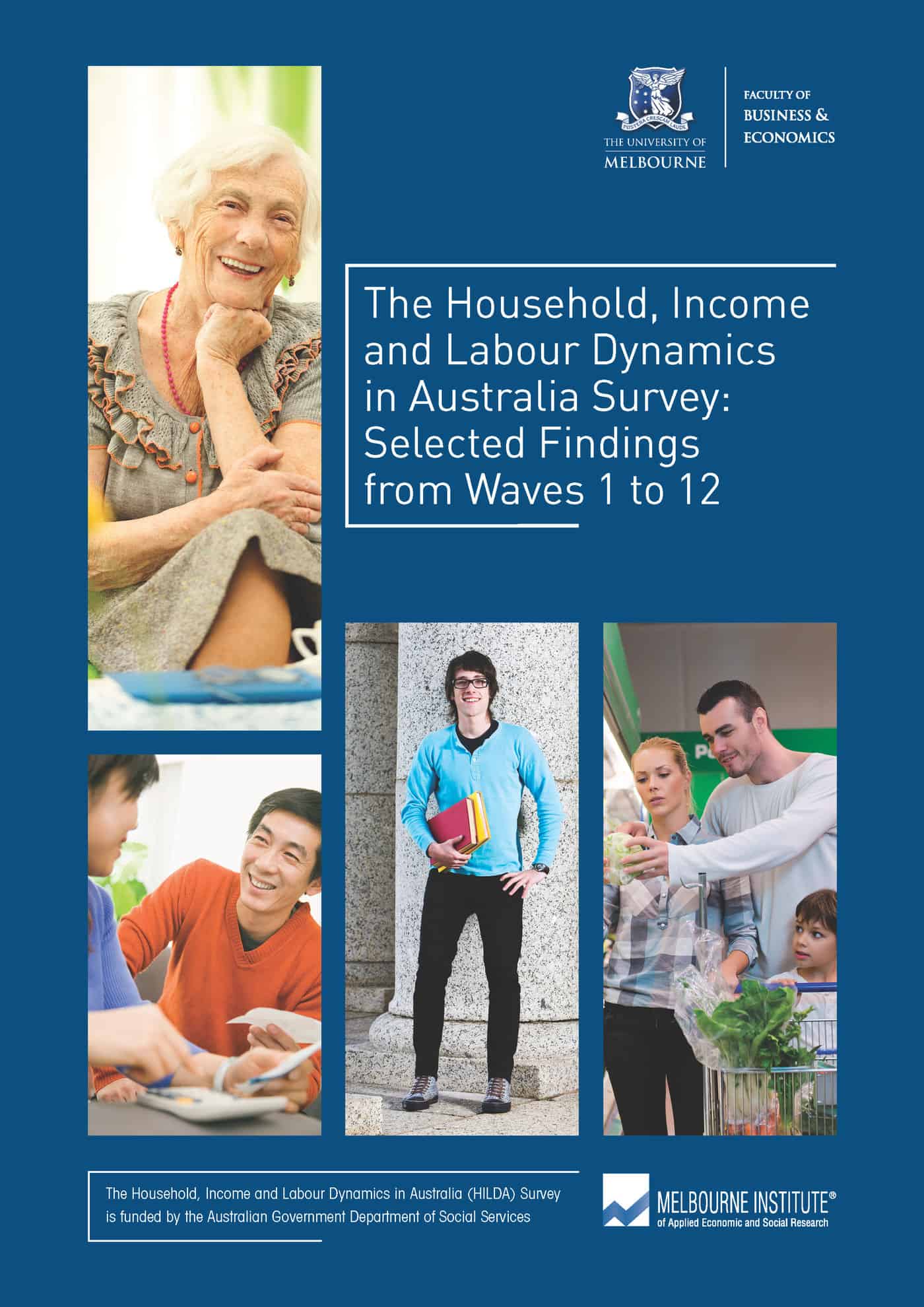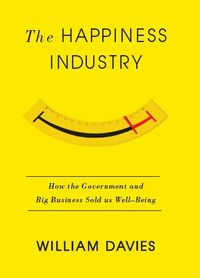 The Age newspaper’s front cover for 15 July 2015 was dominated by an article about happiness. The article is worth reading as it is built upon statistics from the long-term HILDA survey (Household, Income and Labour Dynamics in Australia) that is used by many Australian researchers but, significantly, HILDA makes no reference to happiness. Various elements in the article relate to the workplace and work activity generally but a couple are of direct relevance to occupational health and safety.
The Age newspaper’s front cover for 15 July 2015 was dominated by an article about happiness. The article is worth reading as it is built upon statistics from the long-term HILDA survey (Household, Income and Labour Dynamics in Australia) that is used by many Australian researchers but, significantly, HILDA makes no reference to happiness. Various elements in the article relate to the workplace and work activity generally but a couple are of direct relevance to occupational health and safety.
“4. Be a workaholic
Work-life balance is overrated, the survey suggests. In fact, the more people work the better their health is. Employees can work more than 51 hours in paid work and 81 hours of total work (that’s more than 11 hours a day) without any detrimental effect on their wellbeing, according to the report.”

 Part of the core duties of any occupational health and safety (OHS) regulator is the production of data. Recently Safe Work Australia (SWA) released its “
Part of the core duties of any occupational health and safety (OHS) regulator is the production of data. Recently Safe Work Australia (SWA) released its “ As the Australian Government analyses the
As the Australian Government analyses the 